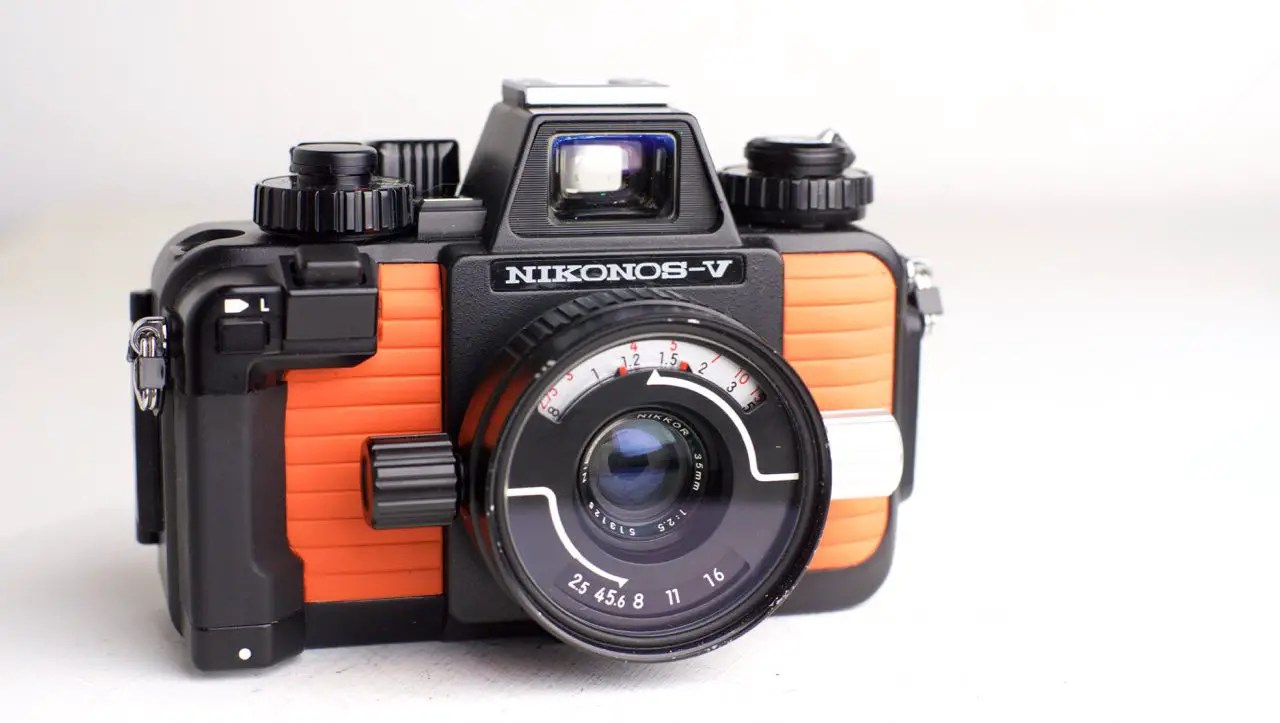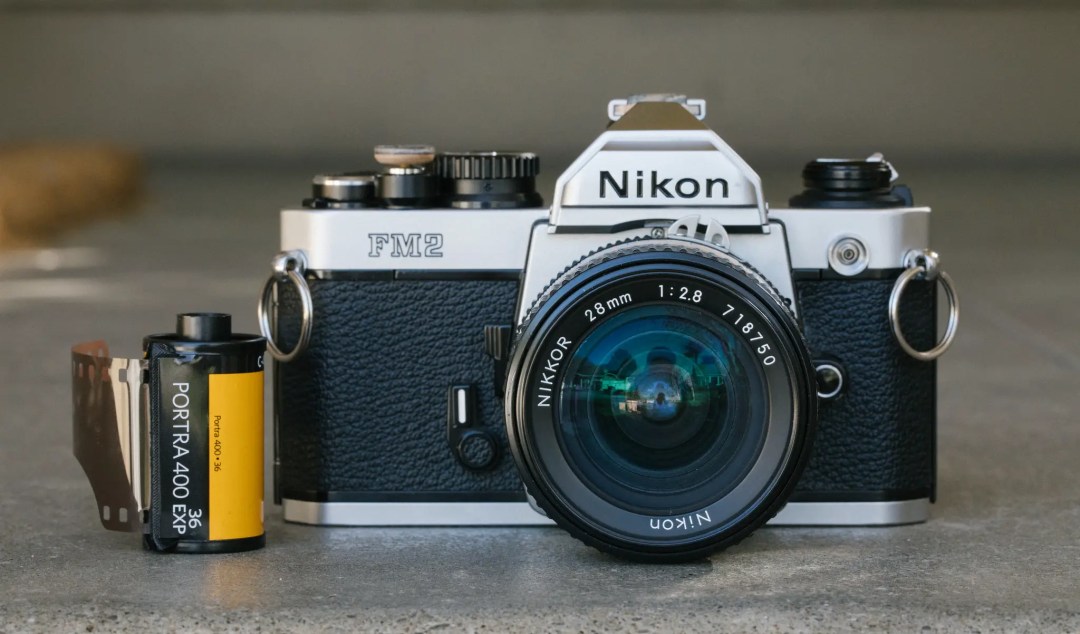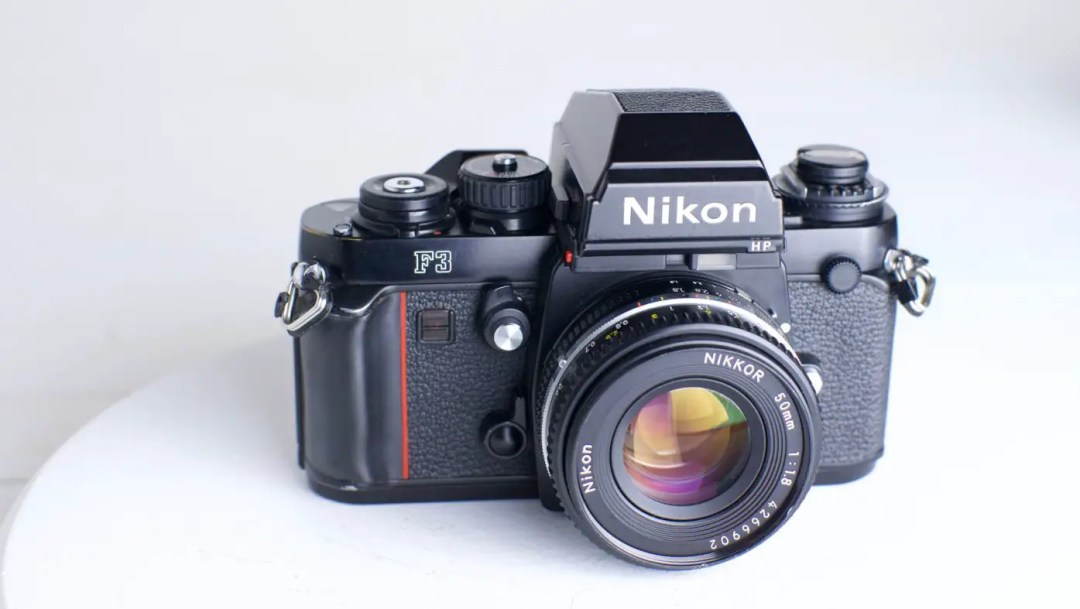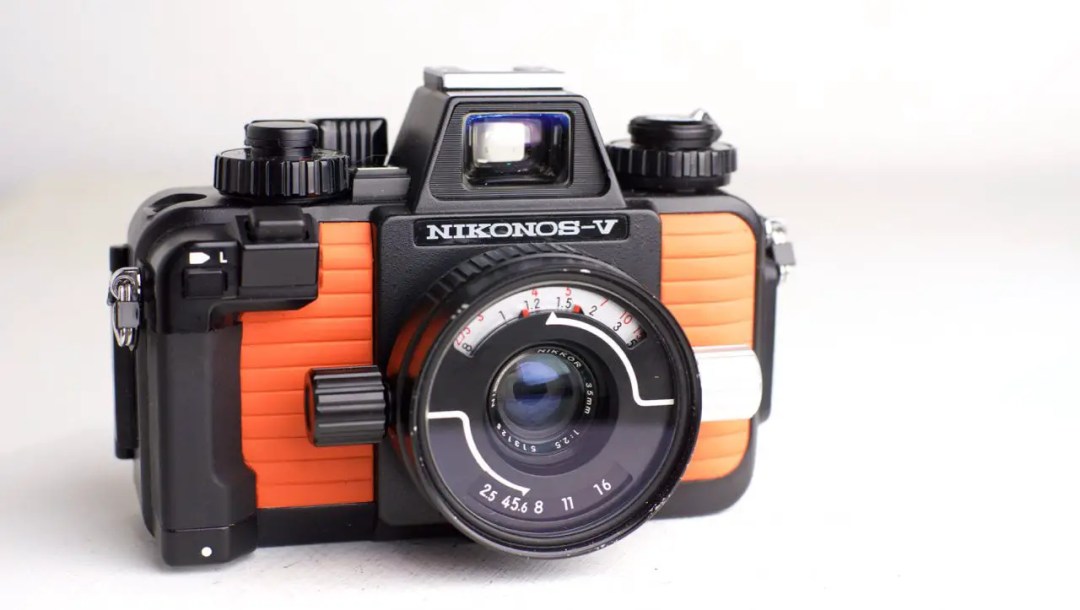Ahoy matey. Here’s a fun post for you guys, and before you get too deep, keep in mind that we want to hear your thoughts on this one. I asked the crew here at CP to choose their “desert island” camera. After some deliberation it was clear that there are too many amazing cameras to pick just one, so we decided to turn this into a focused series in which we pick our “one-and-only” camera and lens kit from any given brand and tell you why.
More importantly, we want to hear your picks. So give it a read, give it some thought, and let’s have a conversation. Up first – we choose our desert island Nikons.
Dustin’s Pick
Desert Island Nikon? Let’s get literal. If I’m destined to spend eternity with sand between my toes, I’m packing my Nikon FM2n, Nikkor 28mm F/2.8 AIS, and as many rolls of Portra 400 as I can stow away. Here’s why.
The FM2n is a no-frills beast of a machine. Robust, durable, and handsome, it possesses everything a photographer would need in a 35mm SLR, and nothing more. The camera’s all-mechanical, relying on battery power for the meter only, so I can keep shooting when the power runs out. I don’t need aperture-priority or any other form of automation, because at this point, life will have nearly come to a halt. Speed will be the last thing on my mind as I wander the shores looking for coconuts, so manual-mode is just fine. A top shutter speed of 1/4000 of a second means I’ll be able to shoot a bit wider in the daylight, which will help to isolate those cute little hermit crabs as they waddle up and down the beach.
Assuming I’m the only one on this island, portraits are out, so I’d opt for the Nikkor 28mm F/2.8 AIS and focus my attention on landscapes and passing vessels on the horizon. The 28/2.8 AIS is arguably the most optically perfect manual focus lens Nikon has ever produced; and let’s face it, if I’ve only got one lens I might as well look for perfection. Shooting film in low light is tricky and I don’t care for it much, so the maximum aperture of F/2.8 would be plenty wide for me.
As for film, there’s no doubt that Portra 400 is my first pick. It’s wildly forgiving and can be exposed anywhere from 100 to 800 with outstanding results. As for developing my shots, that’s a completely different story. Perhaps I’d engineer a light-tight coconut shell tank and a chemical blend of local fruit and fish oil. Who knows.
Island marooning or not, the FM2n, Nikkor 28/2.8 AIS, and Portra 400 are all legendary creations in their own right. Together, they create a worry-free kit promoting pure picture taking, and I’d happily spend my remaining days shooting this kit.
Buy it from our own F Stop Cameras
Josh’s Pick
My desert island Nikon setup consists of a Nikon F3HP, a pre-AI Nikkor-S 50mm F/1.4, and Kodak Tri-X. Sure it’s a traditional setup, but this combination produces timeless, classic images. So what makes this setup tick for me?
Let’s start with the body. It’s got a proven reputation for reliability, it’s simple enough for layman yet capable enough for the most demanding professional, and it’s a masterpiece of 1980s industrial design. Some would even say it’s the greatest 35mm SLR of all time, and I would agree heartily with that sentiment. Yes, many bemoan the F3 for being an electronic body, but let’s be real here; if we can take loads of film to this hypothetical desert island, we can definitely take a whole pack of batteries.
The lens for me is the old photojournalist standby, the pre-AI Nikkor-S 50mm F/1.4. This primitive version lacks the punch and universal compatibility of more modern 50mm F/1.4s, but these very limitations are what makes it perfect for me. Some abhor the pre-AI 50/1.4’s softness wide open, but I’ve found that it has a unique, smooth look that no other lens can match at wide apertures while still offering clinical sharpness past F/2.8. Others turn up their noses at the Nikkor-S’s primitive single coating, but I’ve found that this single coating pairs incredibly well with the final component of my desert island pick – black-and-white film.
Why choose a black-and-white film for my imaginary desert island? A few reasons; it doesn’t require constant temperature control in development like color negative does, you can control the look in development, and, to me, black-and-white just looks better than any color film. And if there’s just one black-and-white film I’d choose, I’d easily choose Kodak Tri-X.
Tri-X is as classic as a film emulsion gets, and is arguably the most versatile film ever made. It’s got incredible exposure latitude, and can be pushed and pulled from ISO 100 all the way to ISO 6400, perfect for any shooting situation. And in the end, if I was stuck on a desert island with little to no hope of being found, I’d want the last moments of my life to be committed to Tri-X.
All of these components have gained fame individually, but together they form a pure symphony of photography. Simple to use, elegant in operation, and capable of producing timeless images. Who could ask for more?
Buy it from our own F Stop Cameras
James’ Pick
Those other guys are wrong. I have the best pick. Here it is.
For my desert island Nikon I’m selecting the absolute best Nikon for hard-core use – on an island or otherwise. This machine is not only weather sealed, it’s water-proof, sand-proof, shock-proof, and… shark-proof. It’s the final release in a series of manual-focus Nikons made for underwater exploration, the original design of which was conceived by none other than legendary sea explorer Jacques Cousteau. Need I say more?
Oh yeah, I need to say the name – my desert island Nikon is the Nikonos V.
Now I know “desert island” camera doesn’t necessarily mean we’re shooting this thing on an island. But speaking both literally and euphemistically, I’m picking the Nikonos V as my only Nikon in any setting. It’s interesting, robust, simple, effective, and gorgeous. It’s a fantastic machine that gets far too little talk. Shoot it in the rain, shoot it in the snow, shoot it in the sand and on a mountain. Drop it on rocks, no sweat; it’ll land with a thunk and keep on shooting. With or without batteries it’ll fire away, and when powered by batteries it offers a convenient TTL auto-exposure mode that turns the camera into, essentially, a point-and-shoot.
I’d couple this camera to its “kit” lens, the W 35mm F/2.5. This amphibious lens can operate equally well under and above the water, unlike some of Nikon’s UW lenses, which are for underwater use only. This makes it the ideal choice for all my adventures on land and sea.
Film? I’d choose something mid-speed and versatile. Fuji’s 400 stock, for example. Nice colors, high latitude, and speedy enough for virtually anything, this stock is the perfect do-it-all film.
Buy it from our own F Stop Cameras
And that’s that. Our ridiculous list of desert island Nikons is complete. But not really, because we only put this list together to hear your opinions. Tell us in the comments what your “one-and-only” Nikon would be, whether you’re stuck on a sandbar or not!
Want a Nikon we didn’t pick?
Find one at our own F Stop Cameras
Find one on eBay
Find one at B&H Photo
Follow Casual Photophile on Facebook and Instagram
[Some of the links in this article will direct users to our affiliates at B&H Photo, Amazon, and eBay. By purchasing anything using these links, Casual Photophile may receive a small commission at no additional charge to you. This helps Casual Photophile produce the content we produce. Many thanks for your support.]






What a great idea! Having never owned a Nikon SLR I’ll bookmark this for future reference if I ever want one!
My own choice would probably be my Spotmatic F with Super-Takumar 55/1.8 and FujiFilm Superia 100 film…